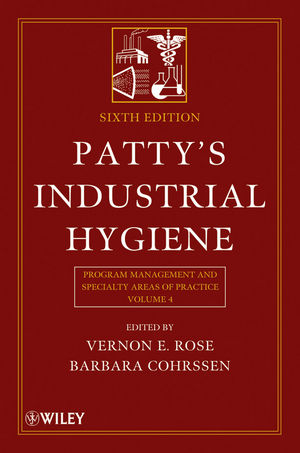A particular preflight system check and the lack of an indication in the cockpit that could have alerted the pilot of low hydraulic pressure resulting in high pedal loads and a subsequent loss of control after takeoff, was the probable cause of a helicopter crash in Colorado that killed the pilot and seriously injured two flight nurses, according to the National Transportation Safety Board (NTSB).
(In the image above, still frames from Summit Medical Center surveillance video show the accident helicopter engulfed by a fuel-fed fire 20 seconds after impact [left] and at 60 seconds after impact [right].)
How it happened
On July 3, 2015, the pilot, with two flight nurses aboard, took off from a hospital helipad in Frisco, Colorado. As they became airborne, the Airbus Helicopters AS350 B3e helicopter operated by Air Methods Corporation began spinning counterclockwise, gaining about 100 feet of altitude before plunging downward, impacting the ground at an estimated vertical speed of about 40 mph.
The pilot was required to perform a preflight check during which the hydraulic switch was moved to its off position, which cuts off hydraulic pressure to the tail rotor flight controls. The investigation revealed that the hydraulic system was likely misconfigured.
Just 10 months before the accident, the helicopter manufacturer had issued a safety notice to inform operators that attempting flight without the hydraulic switch in the correct position could render the helicopter uncontrollable because of the resulting lack of hydraulic assistance to the tail rotor system.
Pilot not alerted
The investigation noted that there was no annunciation in the cockpit to alert the accident pilot that a critical system needed for safe flight was not configured correctly. "Because the pilot had no alert indication in the cockpit that the switch was not in the correct position, he likely didn't know why he was having difficulty controlling the helicopter," said NTSB Acting Chairman Bella Dinh-Zarr. "It's in these treacherous airborne seconds that pilots need access to the information that a warning indication can provide."
Surveillance video showed a fuel-fed fire ignited a few seconds after impact. Investigators determined that the helicopter occupants’ severe thermal injuries would have been reduced or eliminated had the helicopter been equipped with a crash-resistant fuel system. At the time of the crash, no such system was available for existing AS350 B3e models; Airbus Helicopters has since provided a crash-resistant fuel system retrofit for that model.
"People make mistakes"
Although described by colleagues as safety conscious, risk adverse and one who followed procedures, the pilot did not perform a hover check, which could have alerted the pilot of an increase in pedal loads, as company procedures required. Such a check involves hovering the aircraft three to five feet above the ground to determine that all systems are functioning and the helicopter is controllable.
"Although adherence to flying procedures could have prevented this crash, we have long known that people make mistakes, which is why we need to take every opportunity to enhance systems that can help mitigate human error,” said Dinh-Zarr.
As a result of the investigation, the NTSB issued two recommendations to the Federal Aviation Administration, two to Airbus Helicopters, and one each to the European Aviation Safety Agency, the Association of Critical Care Transport, the Association of Air Medical Services and the Air Medical Operators Association. The NTSB also reiterated two previously issued recommendations related to flight data recorders.
The abstract, including the full text of the findings and probable cause of the crash, along with staff presentations and safety recommendations, is available on line at https://go.usa.gov/xXXGk. The final report will be available in several weeks.




